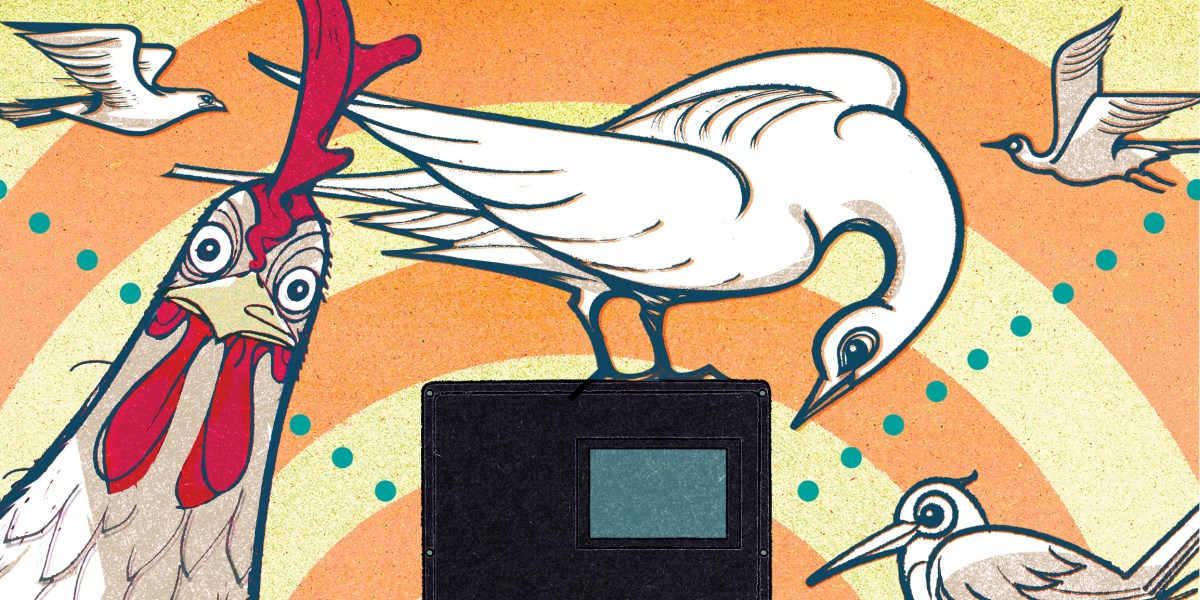Part of the group’s work was devising a way to deliver airborne virus particles to the sensor.
With bird flu, says Rajan Chakrabarty, a professor of energy, environmental, and chemical engineering at Washington University and lead author of the paper, “the bad apple is surrounded by a million or a billion good apples.” He adds, “The challenge was to take an airborne pathogen and get it into a liquid form to sample.”
The team accomplished this by designing a microwave-size box that sucks in large volumes of air and spins it in a cyclone-like motion so that particles stick to liquid-coated walls. The process seamlessly produces a liquid drip that is pumped to the highly sensitive biosensor.
24World Media does not take any responsibility of the information you see on this page. The content this page contains is from independent third-party content provider. If you have any concerns regarding the content, please free to write us here: contact@24worldmedia.com


